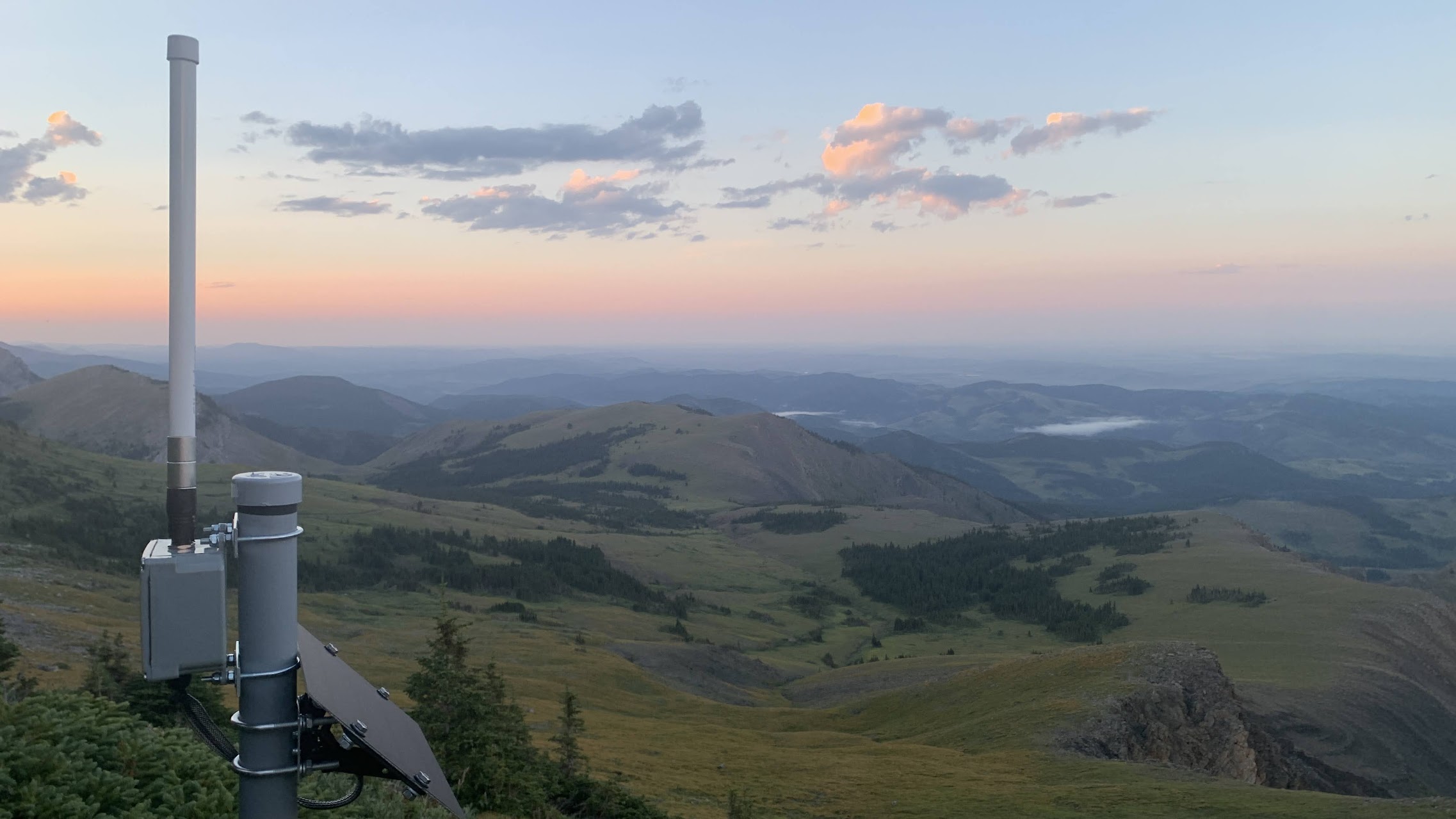Cold Weather Charging of Lithium-Ion Batteries: Real-World Lessons from the Meshtastic Community

Intro: When Theory Meets Reality
Ask almost any battery expert, and they’ll tell you one thing for sure: don’t charge lithium-ion batteries below freezing. Cold charging is often blamed for lithium plating, dendrite formation, internal resistance buildup, and ultimately, cell failure.

But what if we told you that in two years of real-world off-grid deployments—with winter temperatures not uncommonly approaching −40 °C—we’ve seen none of that?
This article shares our experience from the trenches: the Meshtastic community, building and maintaining solar-powered, off-grid IoT nodes in the Canadian Rockies.
Who We Are & What We Built
Over the past two years, we’ve deployed dozens of Meshtastic LoRa nodes using nRF52-based microcontrollers (primarily the RAK WisBlock series, but others too). These nodes are spread across:
- 3 mountaintop locations (above 7000 ft)
- A handful of rural setups across Southern Alberta
- Multiple town-based nodes in Calgary and Okotoks
Interesting fact: One of those mountain nodes previously held the Meshtastic point-to-point range record at 254 km—proof of just how well LoRa can perform with the right elevation and conditions.

Most of these systems use standard unprotected 18650 Li-ion cells (3000–3500 mAh) and LiPo flat packs with basic protection circuits. Power comes from solar panels ranging from 1 W to 6 W, with average charging currents typically below 200 mA, occasionally peaking around 300 mA on a good day.
And the results? Zero failures.
Our Field Data
One node’s battery (an eFest 3500 mAh vape cell) was tested after two full winters:

- Remaining capacity: ~3100 mAh (brand-new tests ~3300 mAh)
- Internal resistance: 26 mΩ (rated: 30 mΩ)
- Still well within spec, with no signs of degradation or dendrite-related issues.
We were expecting problems. We kept waiting for failures. They never came.
What We Considered (But Didn’t Need)
- Bimetallic switch heaters – too power-hungry for solar setups
- Thermistor-triggered charge cutoffs – not helpful when devices spend months below freezing
- LTO or LiFePO₄ swaps – great chemistries, but costly or hard to source for small projects
Eventually, we just deployed the nodes and watched. The results held strong.
Why These Batteries Aren’t Failing
1. Low Charge Currents
Most of our systems charge at < 0.1 C, often well below 0.05 C. Theoretical “safe” cold charge rates hover around 0.02 C. For extra safety, you can scale battery capacity up in proportion to charge rate.
For example: a RAK19007 board maxes at 350 mA charge current. Increasing battery capacity to at least 17 500 mAh brings it in line with the theoretical safe rate of 0.02 C — but in practice, we haven’t found this necessary.
2. Charging Generates Heat
Even small charging currents create mild internal heating — enough to raise cell temperature a few degrees above ambient in small enclosures.
3. Discharge Happens at Night
Solar charging occurs during the warmest part of the day, while discharge happens overnight in the cold. That natural rhythm helps protect the battery.
4. Passive Solar Gain
Sunlight on plastic enclosures acts like a tiny greenhouse. Even in sub-zero air, interior temperatures often rise significantly under direct sun.
But Doesn’t Cold Still Affect the Battery?
Absolutely. Cold temporarily reduces capacity — a 30 %-charged cell at −30 °C may trip undervoltage protection prematurely. But the loss is temporary; capacity returns as temperatures rise.
We recommend sizing for winter reserve. Around 3000 mAh is a realistic minimum for reliable performance here in Alberta.
Use the Right Platform: nRF52 vs ESP32
All our testing was done on nRF52 boards, which sip power and suit small batteries. ESP32 boards draw 5–10× more power, needing bigger batteries and more aggressive charge control — we don’t recommend applying these findings directly without additional testing.
When to Consider LTO Cells
For mission-critical remote nodes, we’ve adopted Lithium Titanate (LTO) chemistry:
- Safe charging even at −30 °C
- 10× longer cycle life
- Fast charging and extreme durability
Downsides: higher cost and limited availability. Use LTOs where reliability trumps price.
We recommend the Voltaic Systems multi-chemistry MPPT charger for LTO/solar setups.
Design Tips for Cold-Weather Solar Charging
1. Panel Angle Matters
- Wet, icy snow: tilt panels steeply to shed buildup.
- Dry powder: less issue, but tilt still improves yield.
Reference study: NAIT Solar Panel Angle Report (PDF)
2. Cold = Higher Panel Efficiency
Cold lowers PV cell resistance, improving output. Snow cover also reflects sunlight, often boosting real-world wattage beyond rated capacity.
Scientific Backing: Is This Supported by Research?
Yes — but nuance matters. Lithium plating and dendrites are real, but depend heavily on charge rate, temperature, chemistry, and cell quality.
- Lithium deposition and resistance — ScienceDirect (2025)
- Cold charging and capacity fade — PMC
- Safe cold charging strategies — ScienceDirect
Key Takeaways
- Use high-quality cells with low internal resistance
- Keep charge currents low
- Include extra capacity for cold seasons
- Leverage enclosure warmth and solar gain
- Use nRF52-class MCUs for efficiency
- Consider LTO cells for ultra-reliable installations
Thanks to the Meshtastic Community
This work reflects years of collective field data from the Meshtastic community — tinkerers, hobbyists, and engineers alike. Too many names to list, but this is your story too.